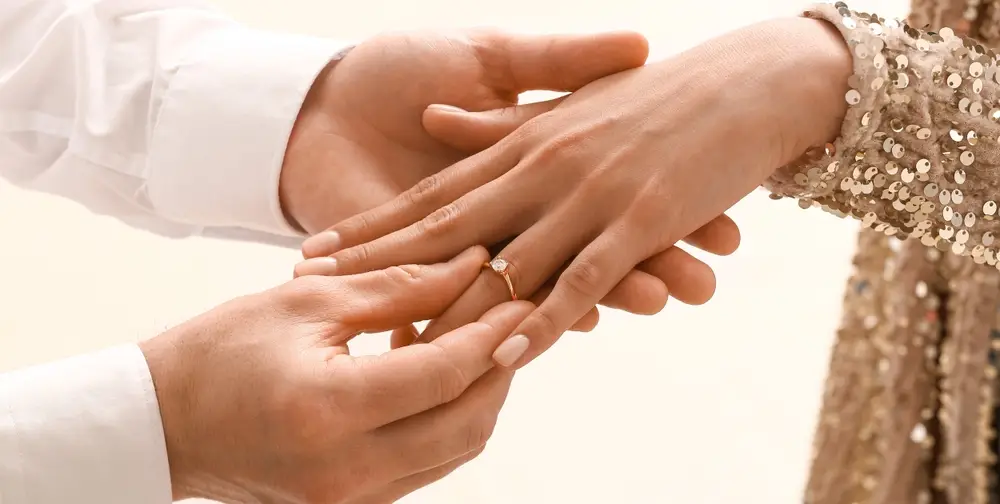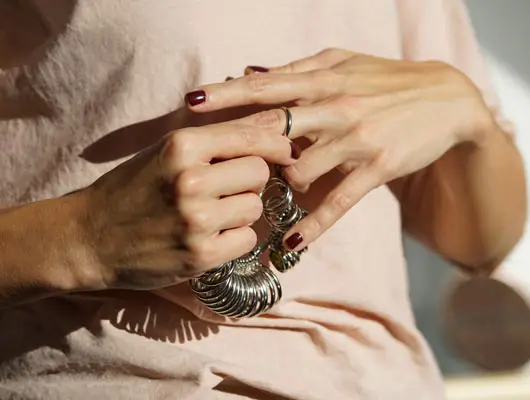
About pearls
Details
Author Beny spol s.r.o.
Share
Pearls have been a symbol of luxury, wealth and elegance since time immemorial. They are the only organic gemstone. Jewellery made from real pearls is valuable and timeless. They are a suitable gift for christenings, graduations and weddings, among other occasions.
Their simplicity and simple beauty suits every woman.
Natural pearls
A pearl is born inside a mollusc-pearl. A small foreign object, such as a grain of sand, enters the shell. This grain triggers the pearlfish's defensive reaction and it begins to secrete a pearly substance and envelop this foreign body. This is a natural process in the wild.
These pearls are very rare and can only be bought at auction or from renowned jewellers.
Cultured pearls
Most of the pearls sold today come from farms. Cultured pearls are also created inside the pearl and the process is the same as for natural pearls, except that the foreign body is intentionally inserted into the pearl. The growth period of a pearl varies from one year to several years. The main pearl farming areas are China, Japan, Tahiti and Vietnam.
Types of pearls
Pearls are divided into two categories
Marine pearls - several basic types of pearls can be distinguished
- Akoya pearls come from China, Vietnam or Japan. In the warmer waters of China, pearls can grow up to twice as fast as in the cooler waters of Japan. They range in size from 5 to 9 mm and vary in colour: white, white with pink, blue or golden undertones, cream, silvery, green. Other shades are coloured organically. Japanese Akoya pearls are among the most beautiful white pearls in the world. The production of a pearlfish per lifetime is 1-2 pearls.
Classification of pearls: A-AAA system
- Tahitian pearls are produced by a special species of black-rimmed oyster found in the French Polynesia region. The colour of the pearls is influenced by the colour of the pearlfish's lips. The colour of 'black' Tahitian pearls is not actually black. The dominant shades of pearls are silver, grey, brown - chocolate, aubergine. Among the rarest Tahitian pearls are pearls in peacock blue and green. Pearl size: 7-18 mm, rarely 20 mm. These pearls are also rare because only a small proportion of these oysters survive in farms. The individual pearls differ greatly from each other, so that, for example, hundreds of them have to be sorted to make a necklace.
they are some of the most beautiful and largest marine pearls in the world.

Classification of pearls: system A-D, possibly also system A-AAA
- South Pacific pearls - South See growers of these pearls are Australia, Philippines, Indonesia, Japan, Papua New Guinea, Burma. Size is usually 8 mm-20 mm. The most common colours are white, silver gold, yellow-orange, bluish; in addition, they may have a pink, green or blue tinge. The colouration of these pearls also influences the colouration of the pearlfish's lips, which can grow up to 35 cm in size.
Pearl classification: A-D system, possibly also A-AAA
- Mabe pearls are always hemispherical in shape. They are cultivated in China, Japan and the USA.
Freshwater pearls are produced, among others, by the river pearlfish. The foreign bodies used in farming are smaller than in marine farms. A single pearlfish can grow 20 or more pearls at a time, compared to marine pearls which can grow a maximum of 2 pearls at a time. This makes freshwater pearls more affordable. The pearl is made entirely of mother-of-pearl. Today, their quality is often comparable to marine pearls.
- Pearlsize 2 mm - 16 mm. Colour white, cream, pink, salmon, violet. Shades of blue, black, brown and green are colour treated organically.
- Pearl classification: system A-AAA
Classification of pearls
- The quality of pearls is judged on several parameters (especially shape lustre, percentage of defects). Two systems of pearl quality assessment are used worldwide, AAA-AA-A, or the A-D designation (sometimes referred to as the Tahitian assessment).
- The AAA - A system
- The AAA-A system rates pearls on a scale of AAA to A, with AAA being the highest quality designation. This rating system is used primarily for freshwater pearls and Akoya pearls, but is also often accepted for South Sea pearls and Tahitian pearls:
AAA - pearls of the highest quality are virtually flawless pearls, the surface has a very high luster and at least 95% of the pearl surface is free of any type of natural blemish (dots, striations). The pearl should have a perfectly round shape, high lustre. For Akoya marine pearls of this quality, the pearl thickness should be 0.4 mm or more (this is not the case for freshwater pearls, which are made entirely of pearl)
AA - standard quality the surface of the pearl should have a high lustre, and at least 75% of the surface of the pearl should be free from natural defects. The shape of the pearl is almost round, the luster will be very nice, a thick layer of mother of pearl. Overall, AA pearls are of very nice quality, but not as beautiful as AAA quality.
A - the lowest quality is the lowest quality pearl with less luster and/or with blemishes on more than 25% of the pearl surface. The surface of the pearl may have grooves, dots, their shape may not be very regular.
System A-D
- The system marks pearls on a scale from A to D, with A being the highest quality. The system is used in French Polynesia and is based on the government standard there. This system is mainly used to grade pearls from Tahiti and South Seas pearls, hence it is often referred to as the 'Tahitian system'.
- A: The highest quality pearl with a very high lustre and only minor imperfections on less than 10% of its surface.
- B: The pearl has a high or medium lustre. The surface may have some visible imperfections, but on less than 30% of its surface.
- C: Medium lustre with surface defects on less than 60 % of the surface area of the pearl.
- D: A pearl may have many minor defects, with no deep defects, distributed over more than 60% of its surface; or a combination of minor and deep defects over less than 60% of its surface. In this quality, the lustre of the pearl is irrelevant. Even the most lustrous pearls will be graded D if their surface is damaged to the extent indicated. Pearls with a grade lower than D are considered unsuitable for jewellery
How to care for pearls in a nutshell
- Store pearls separately to avoid scratching, preferably wrapped in a soft cloth.
- Use perfume, hair sprays and other types of cosmetics before putting on your pearls.
- Do not use detergents when cleaning under any circumstances.
- remove dirt from the pearls with a soft cloth, a damp tissue or lukewarm water.
- It is advisable to have the pearls re-dressed if they become loose. The knots between each pearl protect all the pearls from unravelling and spilling if they break. The knots also prevent the pearls from rubbing against each other and possibly damaging them.

Other articles


Do you know the difference between a wedding ring and an engagement ring?

